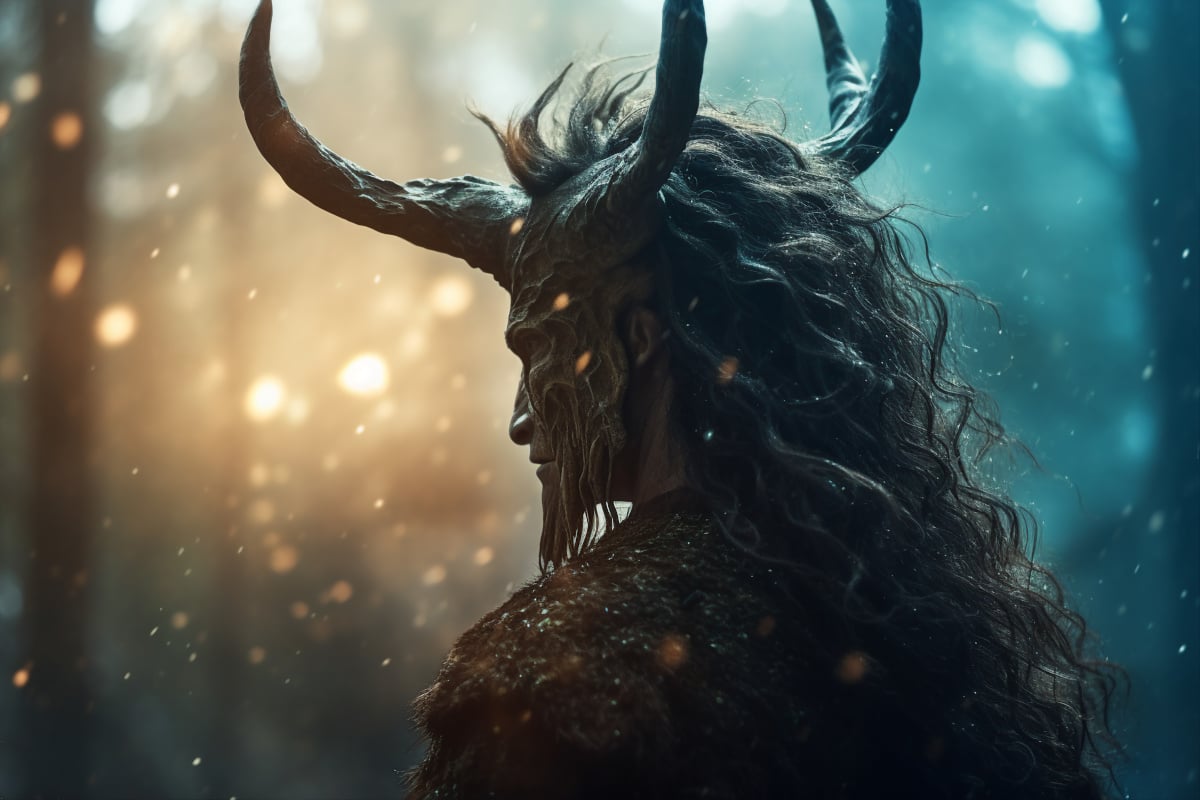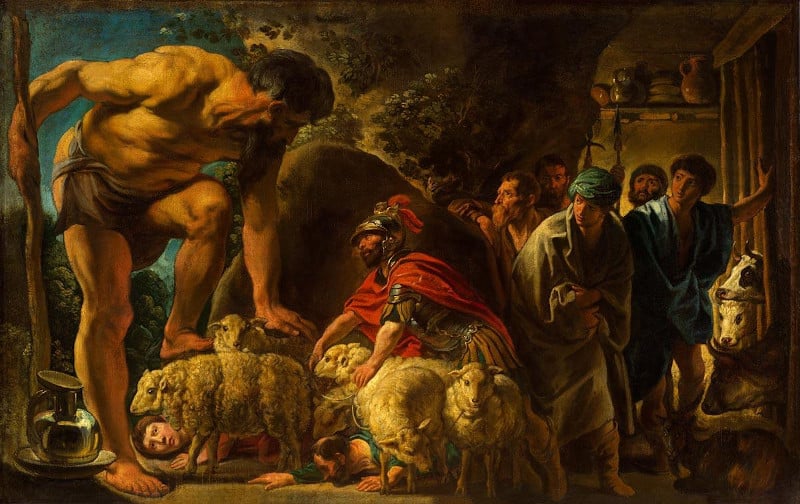
The Dark Side of Mythical Humanoid Monsters
In the shadowy recesses of human imagination, mythical humanoid monsters have long lingered. Since the dawn of language, creatures of a repellent nature have existed in all their abhorrent splendor. They are omnipresent and stretch every corner of the world. Straddling the line between the familiar and the fantastical, they offer not only spine-chilling stories but profound insights into the human condition. The complexity of ancient societies grappling with identity, morality, and the unknown is not so different than those of the modern age. More so, the monsters of the past feed the monsters of the present. In their myths and legends, a common thread is bound to be found.
The Epitome of Chaos: Giants
Tales of giants are by far the most prevalent throughout world cultures. The very basis of humanity, of the cosmos, depended on the work of giants. Although their hands forged civilizations, held the planet in place, or sacrificed their flesh to birth gods and humans, many were also treacherous creatures of absolute unmatched savagery. Towering over the puny, they lashed out with a maliciousness that defined their appallingly infamous shape and form. Ultimately, humans triumphed, but not without a formidable and catastrophic fight from those who once ruled the earth.
- Mythological Sea Serpents And Lake Monsters Versus Scientific Sharks And Surviving Dinosaurs
- Perseus and the Legendary Rescue of Andromeda: Slaying of a Dangerous Sea Monster
The monstrous Cyclops of Greek myth, descendants of the great titans, were known for their immense size, fearsome singular eyes, and supernatural abilities. Polyphemus, the most notable of the Cyclops, and encountered by Odysseus on his epic journey, was a foreboding figure who lurked within a cave. His brutish strength reduced the hero’s men to only a few, but like most heroes, Odysseus prevailed through clever trickery. In contrast to Polyphemus’s clumsy fiasco, Balor of the Evil Eye from Celtic mythology was a creature of pure devastation. Reigning over the Fomorians, a race of giants associated with the sea and chaos, his malevolent gaze, capable of unleashing devastating energy, killing anyone in its path, was the epithet of tyranny.

Odysseus in the cave of Polyphemus. By Jacob Jordaens between 1630-1635. (Public Domain)
In European folklore, ogres were depicted as gargantuan, grotesque beings, fond of human flesh. Prowling in desolate forests or mountains, they posed a sizable threat to travelers and villages alike. Believed to possess immense barbaric strength and cunning, they were dangerous adversaries to heroes in fairy tales. They were also portrayed as a bit dim-witted, similar to Polyphemus, but noticeably more revolting in appearance, with wilted faces and ill-shaped jaws. The Japanese ogre, the Oni, had a demonic appearance and was a master of dark magic. Oni were depicted with wild hair, sharp claws, and horns, wielding iron clubs called kanabo. Inhabiting remote mountains and ghostly places, they were menacing figures with a penchant for causing mischief and harm. Nevertheless, they were to some extent evoked for protection, as the red demons were notorious for chasing away other spiteful entities.
At last, there is Grendel, the unsettling antagonist of the Old English epic Beowulf. Progeny of the biblical figure Cain, Grendel is described as an outcast driven mad by relentless anguish and envy towards the joyous mead-hall celebrations of the king’s warriors in Heorot. His image was one of loathsome otherness, characterized by his stalking nature, iron-tough skin, and gaping mouth, which allowed him to effortlessly massacre the Danes while they slumbered. He lived with his equally monstrous mother in a dank, dark underwater cavern. Eventually, Beowulf, the brave warrior, would eradicate the threat of this foreboding giant by quite literally ripping him apart, not before Grendel had a chance to kill several of his men. Soon after, Beowulf would murder the giant’s mother in a grand battle. As the incarnation of chaos, the ultimate threat to stability, Grendel’s nightly assaults provoked existential reflections on the fragility of human existence.
Fusions of a Frightful Breed: Hybrids
As creatures of obscurity, the hybrid embodied the strange and unusual, the culmination of human, animal, and other. Whether punished by the gods for irreparable acts of moral degradation or simply existing, they were enigmas that challenged the mind and questioned reality. In ancient Greece, there was no lack of these abominations. The Greek imagination conjured up some of the most dreadful and reviled beings that continue to arouse fear and inspire.
Perhaps the foulest of creatures, the harpies conjoined bodies of birds with humanoid heads, hideous and disfigured, loosely resembling that of women. Their charismatic opposites were the sirens of similar form who lured sailors to their deaths through enchanting songs, equivalents to the Slavic Alkonost. The harpies, however, were known as mischievous scavengers, said to cackle as they plunged from the skies to steal food from vulnerable victims while leaving behind a distinct odor and piles of bird droppings in its place. Unlike the irresistible sirens, they were monsters of a voracious kind. Their parentage was the mother of monsters, Echidna, and the enormous and terrifying, Typhon.
Echidna was an old, immortal monster. Her upper body was that of a fair nymph, and her lower body was that of a serpent. She resided within an ominous cave hidden away at Mount Etna, or, according to some, in the murky waters of the underworld. Resentful of the gods, her offspring represented the worst aspects of human greed, consumption, disease, and destruction. Typhon was a nightmarish horror: a serpent giant with a man’s upper body, wings, dual serpents as legs, serpentine fingers, and eyes of fire. Various legends go even further, describing him as an appalling, slimy creature, disgusting in all manners of being, with serpents spewing, and a single male head emerging from their coils. Much like Echidna, he resided at the volcanic Mount Etna, as the personification of its fury, or in Tartarus, among the wicked.




